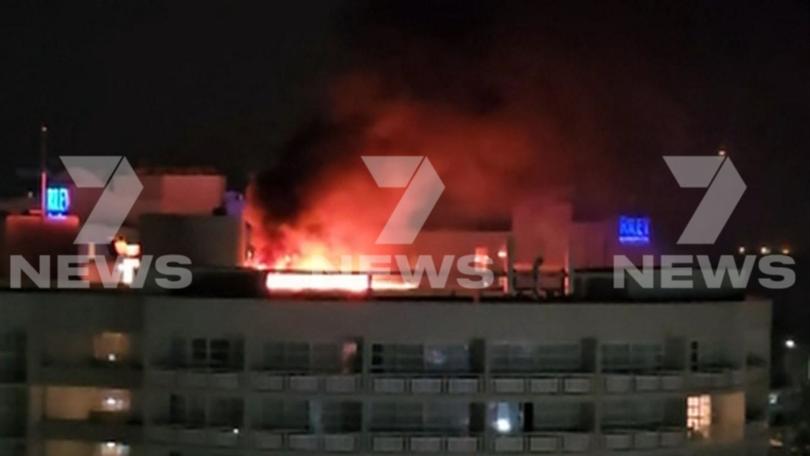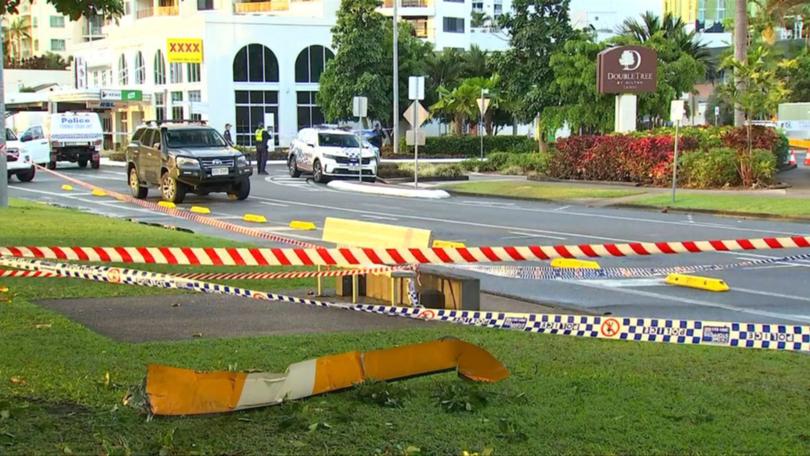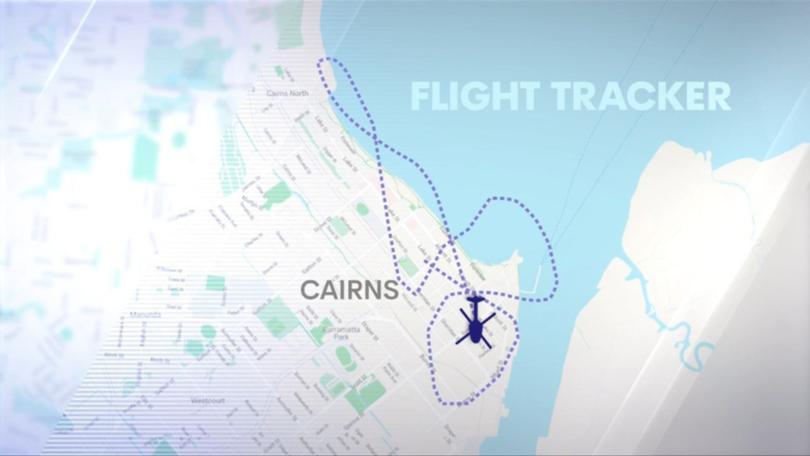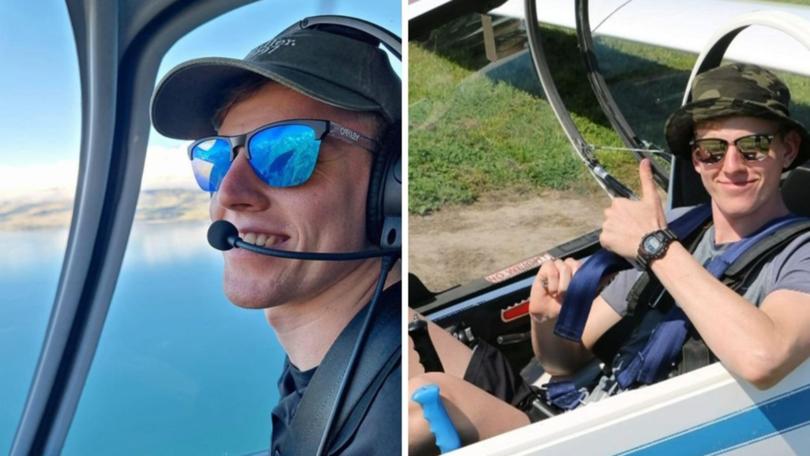Sole air traffic controller was on break during Cairns deadly stolen helicopter crash, 7NEWS reveals
A deadly flight in a stolen helicopter, which crashed into a luxury hotel on the Cairns Esplanade, happened right under the noses of local air traffic control.
A 7NEWS investigation can reveal the single traffic controller on duty was taking a break on a recliner when Nautilus Aviation ground crew employee Blake Wilson took the Robinson 44 aircraft on an unauthorised flight just before 2am on August 12.
There were no breaches of responsibility but the incident has raised questions about the staffing levels at 24/7 airfields such as Cairns Airport.
Sign up to The Nightly's newsletters.
Get the first look at the digital newspaper, curated daily stories and breaking headlines delivered to your inbox.
By continuing you agree to our Terms and Privacy Policy.Wilson, 23, was killed when the helicopter crashed into the Double Tree by Hilton in Cairns CBD. He was the only person on board.
Two people — a man, 83, and a female, 76, staying in the suite underneath the rooftop — were taken to Cairns hospital suffering from emotional distress, while hundreds of people had to be evacuated from the hotel.
The Australian Transport Safety Bureau and Queensland Police continue to investigate the crash.
An internal Airservices document obtained by 7NEWS reveals the Cairns Tower was not in contact or aware of the helicopter’s movements until police called regarding the crash.


The last scheduled flight had landed at Cairns Airport at 12.38am, about one hour before the accident, and the next planned flight was approximately five hours away.
“The controller reported using a recliner chair to self-break, which limited view of the airfield,” the document states.
At 1.42am, the “controller heard a click on the radio” and got up but “saw nothing then sat back down”.
Five minutes later, the rogue helicopter displayed on the tower’s Integrated Tower Automation Suite (INTAS) screen.
At 1.51am, the controller heard a longer click and got up within one minute to check again, however “did not observe anything on INTAS display”.
The report states 1.52am was also the time the helicopter disappeared from the screen.
Police called the Cairns Tower with information about the crash between 1.53am and 2.06am.
The Brisbane supervisor was then notified of the accident at 2.36am.
Airservices Australia told 7NEWS it staffs control towers in response to traffic levels depending on the time of day.
“In accordance with established practice, the Cairns air traffic control tower is staffed with a single person night shift,” a spokesperson said.
“We are currently undertaking preliminary inquiries into the events of 12 August.”


The internal document also states the controller “did not sleep during this short break period” and attended to audio cues heard over the radio between 1.42am and 1.51am.
“The controller did not observe the radar ident of ERH when airborne and was likely due to taking a break in between scheduled aircraft movements, which is acceptable practice.”
The organisation found the employee “acquitted their responsibilities in the provision of services” and the unauthorised and unscheduled flight “was not attributed to Airservices”.
Civil Air, the union for air traffic controllers, told 7NEWS it believed two or more controllers was the appropriate level of staffing.
“This will ensure the use of rest breaks to alleviate fatigue and address (occupational health and safety) concerns associated with the night shift,” executive secretary Peter McGuane said.
“Civil Air pursues this minimum staffing level as an operational requirement.”
The union would not comment on the August 12 incident while the Australian Transport Safety Bureau investigation continues.
“I confirm that Civil Air is providing expert legal support to our members involved in interviews with both Airservices and the ATSB, as is common practice in the event of accidents or incidents, coronial inquiries and safety related issues,” McGuane said.
He said Civil Air continues to agitate for staffing initiatives against a background of an international shortage of air traffic controllers.
The ATSB said relevant information on the circumstances of the crash would be detailed in a preliminary report which was anticipated to be released in four to six weeks.
